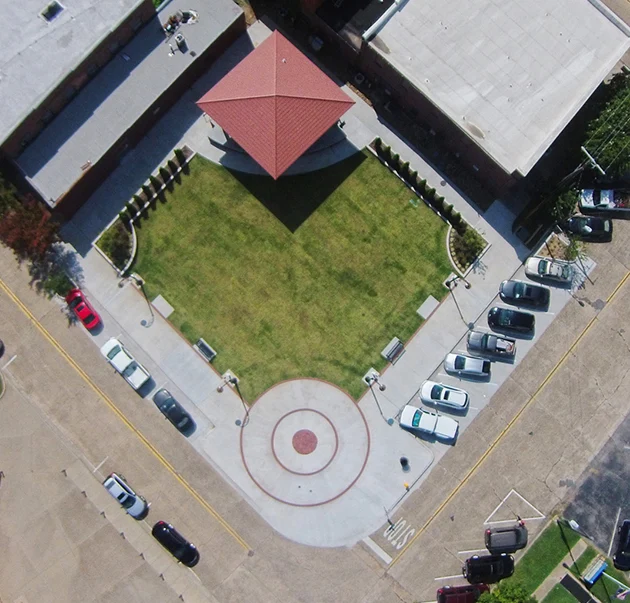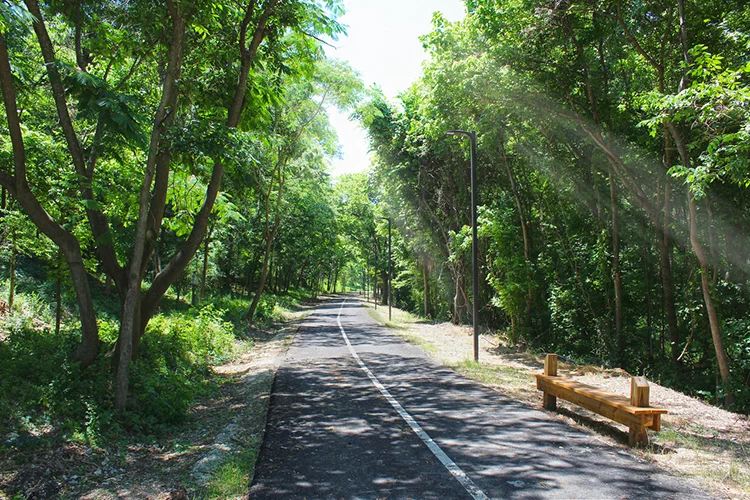
Dave Roberts, PLA, ASLA
Senior Vice President - Planning & Business DevelopmentGreat community planning aims to enhance the existing infrastructure by strategically interweaving green solutions of trails and open spaces into the built fabric of the street grid. Urban planning that respects environmental ecosystems by melding nature with an architectural order creates balance. The most livable communities tend to be ones that can balance conservationism with urbanism. Livable often translates to sustainable – for both nature and humans, which leads to a better quality of life for all.

Trails and paths become connections between the grid and nature, intertwining each other, linking residential and commercial areas to the environment via greenways. The greenways become the life blood of the community. Having an address near or on any of these greenways becomes more valuable in more ways than just economics. Recreational opportunities, as well as alternate transportation options, are the result of this balance.
Community benefits of open space
There are numerous ways to define the importance of parks and open space in a community. The Trust for Public Land suggests the following:
- Attract investment: Parks and open space create a high quality of life that attracts tax-paying businesses and residents to communities.
- Revitalize Cities: Urban parks, gardens and recreational open space stimulate commercial growth and promote inner-city revitalization.
- Boost Tourism: Open space boosts local economics by attracting tourists and support outdoor recreation
- Prevent Flood Damage: Floodplain protection offers a cost-effective alternative to expensive flood-control methods.
- Protect Farms and Ranches: Protecting agricultural lands safeguards the future of farming economies and communities.
- Promote Sustainable Developments: Open space preservation helps communities prevent the higher costs of unplanned development.
- Safeguard the Environment: Open space conservation is often the cheapest way to safeguard drinking water, clean the air and achieve other environmental goals.
Parks and community health

Another important bi-product of the community park is what a park or open space can mean to a family. Parks can offer a variety of passive and active recreational options. In this day of rising childhood obesity rates and chronic health issues for all ages, parks present accessible options for family activity. Parks not only promote exercise to improve physical and mental health, but also increase the potential for family members to interact with each other. The social benefits of parks is not something that can be measured or quantified but is none the less important. Furthermore; a sense of community is born from a social exchange between families as they network at the local park or pass each other on the greenway. Parks have the ability to act as ties that bind a community together.